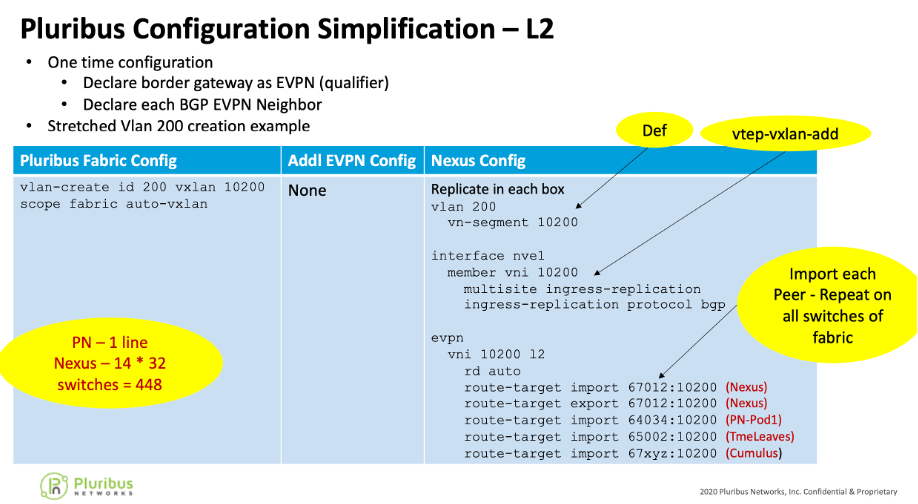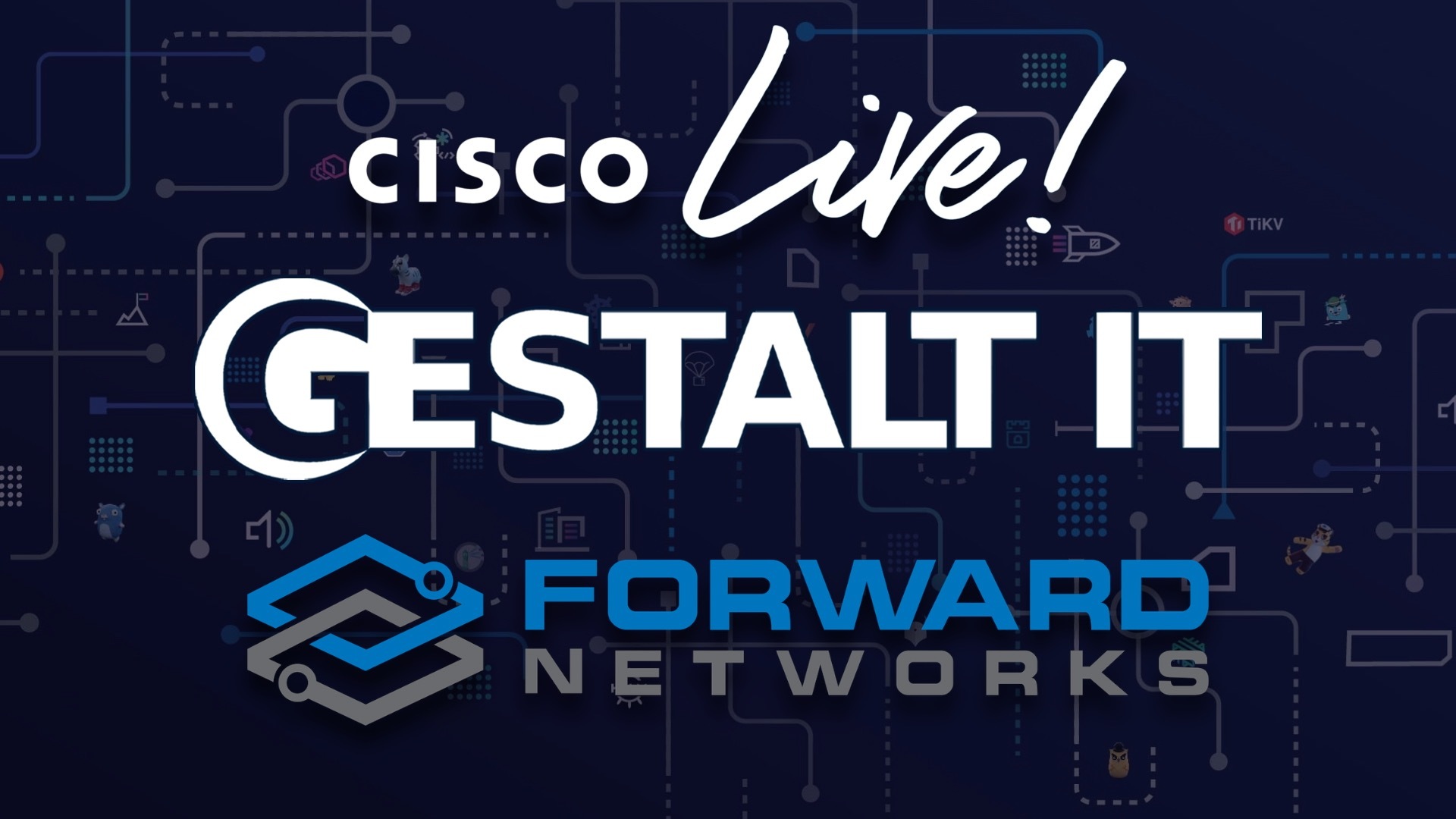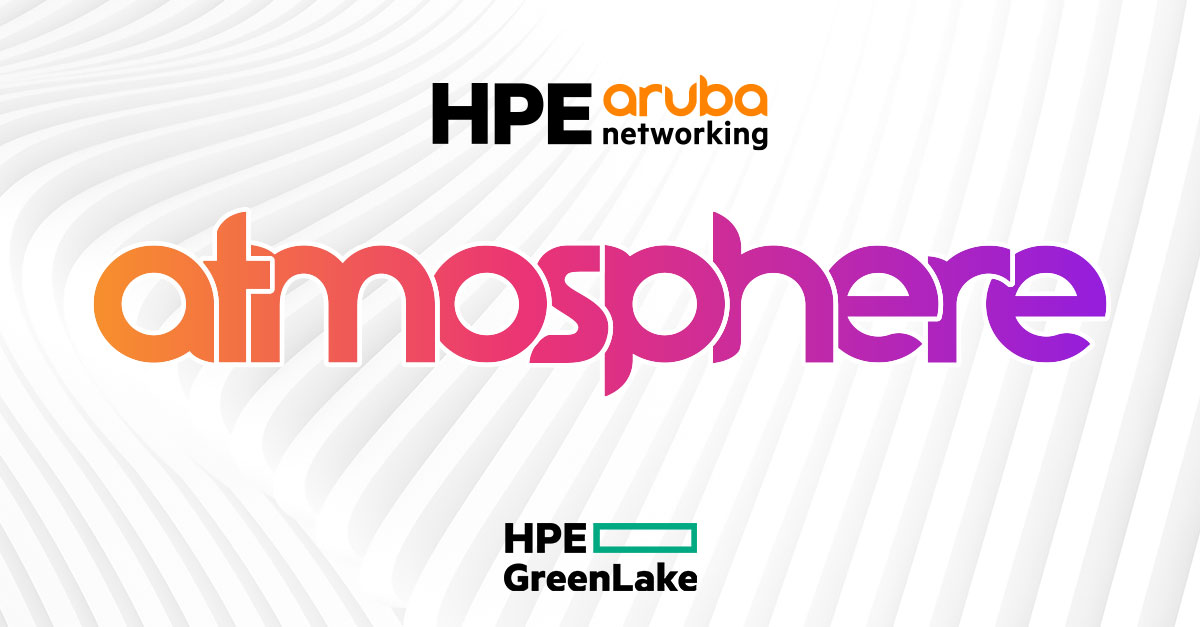If you’re the kind of network engineer that has to spend time building configurations box-by-box to deploy services across a network fabric, you know how difficult it can be to remember all the necessary CLI commands. Furthermore, if you need to make two different vendors interoperate it only exacerbates the issue. I spent a huge portion of my career flipping back and forth between networking CLIs and keeping all that knowledge in my head was a chore. Which commands were important to ensure we could connect to a remote switch? Are the routes that I want exchange getting where they’re supposed to go? Am I ready to configure this new technology in hopes of better support for my environment?
All these questions naturally arise during the day-to-day work of any network engineer. Finding the best way to implement network technology is a critical part of the job. One emphasis must be on network automation to help the NetOps team be as efficient as possible and avoid repetitive manual tasks. Another is addressing multi-vendor environments and interoperability challenges and it has become even more important to use standardized protocols to exchange information and provide connectivity. Some vendors have chosen to make the configuration process easier and develop closed systems featuring only proprietary protocols and leave the standard configurations out of the wizard-driven GUI interfaces. If you want to go your own way you’re pretty much on your own.
Thankfully, Pluribus Networks has a much different approach with their Netvisor ONE OS and their Adaptive Cloud Fabric Software. They have built a network fabric solution that provides the best of both worlds – software defined networking for radical automation while leveraging industry standard EVPN and VXLAN to help not only build a robust and feature-rich network but also to interoperate with other manufacturer equipment without hassle.
With Pluribus there are two ways to build the fabric and deploy layer 2 and layer 3 services across the fabric.
- Deploying services using standards-based VXLAN data plane and a BGP EVPN control plane. Just like any vendor’s BGP EVPN, this requires box-by-box configuration. However, Pluribus has abstracted their BGP EVPN implementation with what they call the SDN object model and this means that the number of lines of config for the Pluribus implementation are about 1/5th that of other vendors. For a 128 switch fabric on Cisco Nexus it will take 2618 lines of config to deploy a new VRF on all leaf switches in the fabric whereas on Pluribus it takes only 384 lines of CLI for the same config.
- Deploying services using the Pluribus proprietary SDN protocol. In this case Pluribus has a “fabric scope” command that enables a VRF to be deployed across a 128 switch fabric with only 3 commands. Most customers obviously opt for the SDN approach.
Regardless of the way the overlay fabric is built and services are deployed, Pluribus uses standards VXLAN data plane and BGP EVPN control plane to interoperate with any 3rd party fabric. The genius part of this from the perspective of a salty old network engineer is that Pluribus provides the SDN functionality yet none of this requires a controller to function.
Rather than relying on a separate management architecture to ensure configuration consistency, Pluribus has integrated SDN controller functionality into the switches directly, leveraging the multi-core CPUs contained in modern switches. Changes are replicated throughout the fabric through the switches themselves. A change made on any one switch with “scope fabric” ensures that the change is made consistently across all switches. With this architecture you don’t have to worry about your controller losing connectivity with the rest of the network. As long as one of the switches can see the rest of the fabric it will be consistent.
UNUM For All
Where this becomes an important advantage for me is in the Pluribus UNUM Fabric Manager configuration console. This web-based utility allows you to log into the switch fabric and send configuration changes down with ease. Note that UNUM is not a controller. It is merely a graphical interface that provides a visual topology and graphical workflows that can help you configure the fabric easily.
In a recent Tech Field Day Showcase I had the opportunity to see just how powerful and easy UNUM is. Raghu Karinthi used UNUM to configure the Pluribus Adaptive Cloud Fabric to connect to a different switch using BGP EVPN. The existing leaf/spine setup for Pluribus was simple enough to envision. Where the fun started was watching Raghu making it talk to the other pod. You can see it in the video below:
I hope you didn’t blink! In case you did, here is the one line that is needed to configure the Pluribus fabric to deploy a new VLAN across all switches in the fabric and also automatically advertise that VLAN via BGP EVPN to a separate pod of Cisco Nexus running Cisco’s implementation of BGP EVPN:

Yep, that’s it. All of it. Because the Pluribus fabric replicates the configuration to every other device you only need to configure it on one switch. All this can be done with CLI but optionally UNUM Fabric Manager can be used instead of CLI. With UNUM you have a visual topology, switch health statistics and simple GUI-powered workflows and wizards that provide an assist so you don’t have to memorize every CLI command and all of the associated options. Furthermore, Raghu showed us a sneak peak of UNUM Insight Analytics which provides dashboards of flow telemetry between every endpoint connected to the fabric.
Once you understand the power behind how Pluribus configures their fabric you can optionally move away from UNUM and integrate the configuration of the fabric into your network automation workflows via the REST API. It’s seamless and operates quickly. Once the appropriate configuration is delivered to the fabric the rest is automatic.
Bringing It All Together
It may seem trivial to configure and deploy a new service across a data center fabric with a single line of configuration. It might not impress you at all. However, if you’ve ever spent hours of work trying to deploy a service on a larger fabric or make two different switch fabrics talk to each other through supposedly standard protocols you know how much of a nightmare that can be. Pluribus Networks has changed the way I think about configuring switches thanks to the work they’ve done. The way the fabric can quickly configure itself from commands entered on any switch is almost magical. If you don’t believe, make sure to watch the Showcase video again to see how easy it is to get started.
For more information about Pluribus Networks and their network fabric solution, make sure you check out their blog: BGP EVPN for Scaling Data Center Fabrics: Pros and Cons, Deployment Options and Trade-offs.




